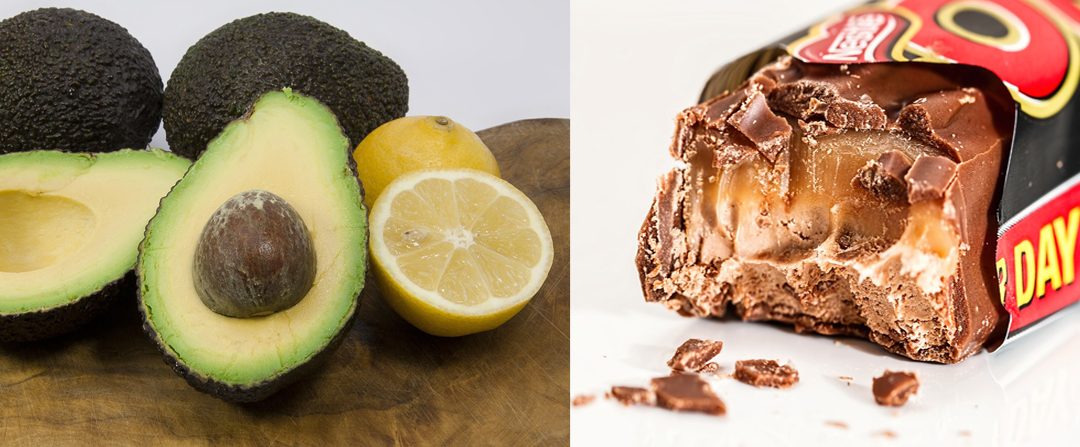by Julian Baker | Nov 1, 2016 | Uncategorized
Fascia Kittens For Everyone!
It’s fair to be said that the only people who really take the fascia thing very seriously are those who are invested in the word or the concept for whatever reason.
Fascial Manipulators, Fascial Releasers, Fascial Roller Manufacturers the list goes on. It’s no surprise that all of these will tell us that whatever it is that they do, has an effect on fascia.
The supporting claims made for the effects on fascia by these modalities and pieces of equipment is accompanied for the most part by a whole raft of scientific bunkum that often lumps fascia into one bundle and addresses it as a single unit or type of tissue, without basic facts getting in the way.
The science side of things often does no better. The bi-annual festival of fascial backslapping that takes place under the banner of the Fascia Research Congress, brings together a wide range of scientists keen to present their latest ideas and theories under one roof.
For the most part the research, to the untrained eye (indeed to even the trained one sometimes) seems either pointless, unintelligible or both, but little matter. Research is being done and the field is being moved forward slowly but surely. Hooray and fascial treatments all round!
The trouble is that from this very early, very inconclusive and often very poor research base, the world of complementary ‘bollocks speak’ is having a field day.
Every other treatment now releases fascia, hydrates fascia, lengthens fascia or does something miraculous to the fascia, which in turn gives you more of whatever it is you want. Flexibility, less pain, tighter buns, eternal life and so on. These days if you want to be sexy, you’d better be working on the fascia. Stretching is so last year darling.
I hold my hands up to jumping on the fascia bandwagon myself, having renamed The Bowen Technique, Bowen ‘Fascial Release’ Technique. The unashamed rebranding was for no better a reason than to at least try and give Bowen a peg on which to hang its hat and move it away from the crazed evangelist guardians intent on suffocating it. But of that another time.
So what does fascial release even mean? To be honest I’m not really sure. The idea that you can in some way change the properties of fascia by applying manual therapy to it is far fetched at best and the pressures required to create change in fascial tissue are, probably, more likely to rip it before it changes. Is Bowen working fascia? Probably but not exclusively and that’s the point. Nothing is.
So what about taping the fascia? Again I have watched YouTube videos, where sensible people demonstrate applying tape, of various colours and let’s not forget price, to bits of the body whilst climbing that this tape will adjust the fascia around the SI joint. Again the likelihood of this being the case is not high.
This all makes for a fairly sad state of affairs and one which often draws snorts of derision from anatomical academics and serious scientists when the F word is mentioned. Fascia, beaten to death on the commercial imperative of the complementary medicine field, desperate to find something of gravitas to justify its own existence, is in danger of becoming something of a laughing stock to the rest of the world. The irony is that an industry that preaches holism and addressing body wide issues, has chosen one bit of (admittedly neglected) connective tissue and obsessed over it.
While I’m beating up on my own doorstep, I’d hate to let the academics off with a pat on the head for being so outrageously smug. Connective tissue in the form of fascias of various kinds, clearly has more of a role to play than just being a container for muscle and much more understanding and good research is needed to understand how it responds.
It’s not all bad of course. There are some serious researchers out there and in the midst of the codswallop and bad science being bandied around, a real interest is being shown in this interface which has been woefully ignored for a long time. If the focus can be shifted to this much needed area of understanding, then I believe that we can probably create a better understanding of body wide function than currently exists.
Wild and outrageous claims need not apply.

by Julian Baker | Sep 6, 2016 | Uncategorized
Calories
A piece of wood is placed on the fire. It burns for a certain length of time and gives off a certain amount of heat or energy.
Simple stuff. Easy to work out how much energy it gives off, based on its size and density. We can therefore estimate the amount of energy that type of wood will give off and work out how much of it we need to heat us up.
We can do this repeatedly with other materials. Grass, cardboard, plastic, you name it. Each of these will give you a reasonably accurate measurement of how much that they will give out. Again simple. Repeat ad-nauseum. It’s all to do with the laws of thermodynamics.
The same piece of wood gets put on the same fire, this time with some cardboard, some grass, a mattress, a few bits of laminate flooring and an old cot from the loft.
How long will the wood burn for and at what temperature? Answers on a postcard. Even here, someone brainy enough would be able to have a reasonable stab at it and probably get close.
The same analogy goes for the way science measures the energetic output of food. Calories. A calorie is a unit of energy. It is not a description of a nutrient, nor is it related to nutritional value, except in the widest sense of the word.
A calorimeter measures the amount of heat (energy) that comes from a certain food. All well and good. But unfortunately our bodies don’t just heat food, but digest it and break it down using a complex process of chemical reactions.
The process of digestion and absorption takes variable lengths of time and is hugely dependent on a wide number of factors. The conditions that we find ourselves in, environmentally, metabolically and so forth, as well as the way in which we talk in other nutrients before and after, will significantly impact the way in which calories are burned, if indeed the word ‘burned’ as a direct comparison to a calorimeter is even appropriate in this context.
The laws of physics in terms of energy in and out, apply only to the extent that in order to measure them accurately, you would need to take in to account the wide variety of additional factors that will influence the energetic exchange.
A recent article by Leo Benedictus in the Guardian, highlighted the nonsensical nature of such direct comparisons. In (fairly) trying to debunk the superfood nonsenses spouted left right and centre, he made the massive error of comparing the calories in an avocado to those of a Mars Bar and those of chia seeds to a Big Mac.
It’s a bit like me affectionately slapping my partner’s bottom being likened to domestic abuse or assault. The comparison is not only erroneous, but potentially damages and undermines the serious and real issue of domestic violence.
The comparisons of widely different food types under one misleading banner creates confusion in already confused and conflicted consumers and erodes the serious issue of obesity and diabetes.
Consumption of sugars through confectionary products and soft drinks, are contributing to a major health crisis in the UK which threatens to undermine our health service and shorten lives through type2 diabetes. Trans fats, found in many fast foods in addition to sugar, cause heart disease in large proportions in the UK.
The consumption of raw food fats such as those found in avocados, aside from the ecological concerns are in no way part of a wide dietary concern. Not all calories are equal and should not, however convenient, be labelled as if they are.
Are calorie measurements helpful?
As with any analytical tool, information is only as good as the use to which it’s put. Used as part of other information and within context, they can be a helpful indicator in certain limited conditions when comparing foods of similar composition. Something that is high in calories is not necessarily unhealthy because it’s high in calories.
Once the calorie gets used as a direct measurement of food across the board, the calorie not only becomes inaccurate but has the capacity to drive unhealthy and obsessive eating patterns.
by Julian | Jun 14, 2016 | Thoughts
Some years ago, when I was testing the ground as far as my hands on work was concerned, I met a man called Tom Myers. After attending one of his London workshops, I wanted to know more about his ideas and theories and travelled to New York to attend another Anatomy Trains seminar.
Tom from the outset struck me as an incredible teacher, thinker and leader. His ability to hold a class, his brilliant analytical mind and his well proven presentation skills were and still are second to none. There are some who seem to think that in some way I don’t like Tom Myers and whilst Tom’s acerbic tone and sometimes dismissive nature have also managed to direct themselves towards me, I still remain a great admirer both him and his work. If you’re looking for a but then this is not the place to be and my admiration is unequivocal. Whether I agree with him or not is another matter. The person who says, “I disagree with you,” is generally more trustworthy as a truth teller than the one who says how much he loves and admires your work. Ask anyone in Hollywood!
(more…)
by Julian | Mar 10, 2016 | Thoughts
by – Lauren Christman
In April, I and 27 other individuals gathered to participate in a 6-day, hands-on, human dissection workshop. It was facilitated and led by Gil Hedley PhD and assisted by Sallie Thurman LMT.
This was my first time in such a workshop and I was a bit surprised by the number of folks that were returning for a second, third or fourth time! I believe that there were 5 or 6 people that had attended one or more workshops previously. The rest of us were first-timers with varying degrees of trepidation. (more…)
by Julian | Mar 10, 2016 | Thoughts
At the end of a week of dissection, we often invite our group to write and express how they feel about their time in the lab. This was one such story.
Why on earth would you want to do that?
This was the sentence that was uttered the most to me in the weeks running up to my dissection course. My reply? Because I know what I feel through the skin but I want to be able to see what’s under it, I want to see the complexity of the body and to work out how what I feel corresponds – or not – to the reality hidden beneath the skin that just doesn’t come to life through Anatomy and Physiology books. (more…)

